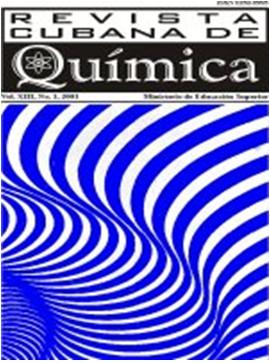Study of Polypyrrole Electropolymerization in the Presence of a Chiral Acid
Abstract
In this paper we address the study of the modification of electrodes with polypyrrole and a chiral inductor for its use on the recognition of chiral drugs, that can bring the selectivity and sensitivity required for the use of simpler approaches of analysis for the detection of chiral drugs in complex samples with detection limits compared to the very elaborate procedures and complex instrumentation of employment and high maintenance costs and acquisition that predominate today. The techniques used for the research were cyclic voltamperometry and crhonoculombimetry. Acid Canphorsulfonic (CSA) was used as chiral inductor. The results showed that in the case of pyrrol / CSA, it shows two peaks for the system Fe(CN)63-/4-, as a product of the changes in the polymeration system. Furthermore, the electroactive area was calculated, results showed that it is greater than the geometric area, thus demonstrating that the modified surface has a higher electroactivity.
Keywords: conductive polymers, modified electrode, voltammetry.
Downloads
Published
How to Cite
Issue
Section
License
This journal provides immediate open access to its content, based on the principle that offering the public free access to research helps a greater global exchange of knowledge. Each author is responsible for the content of each of their articles.























